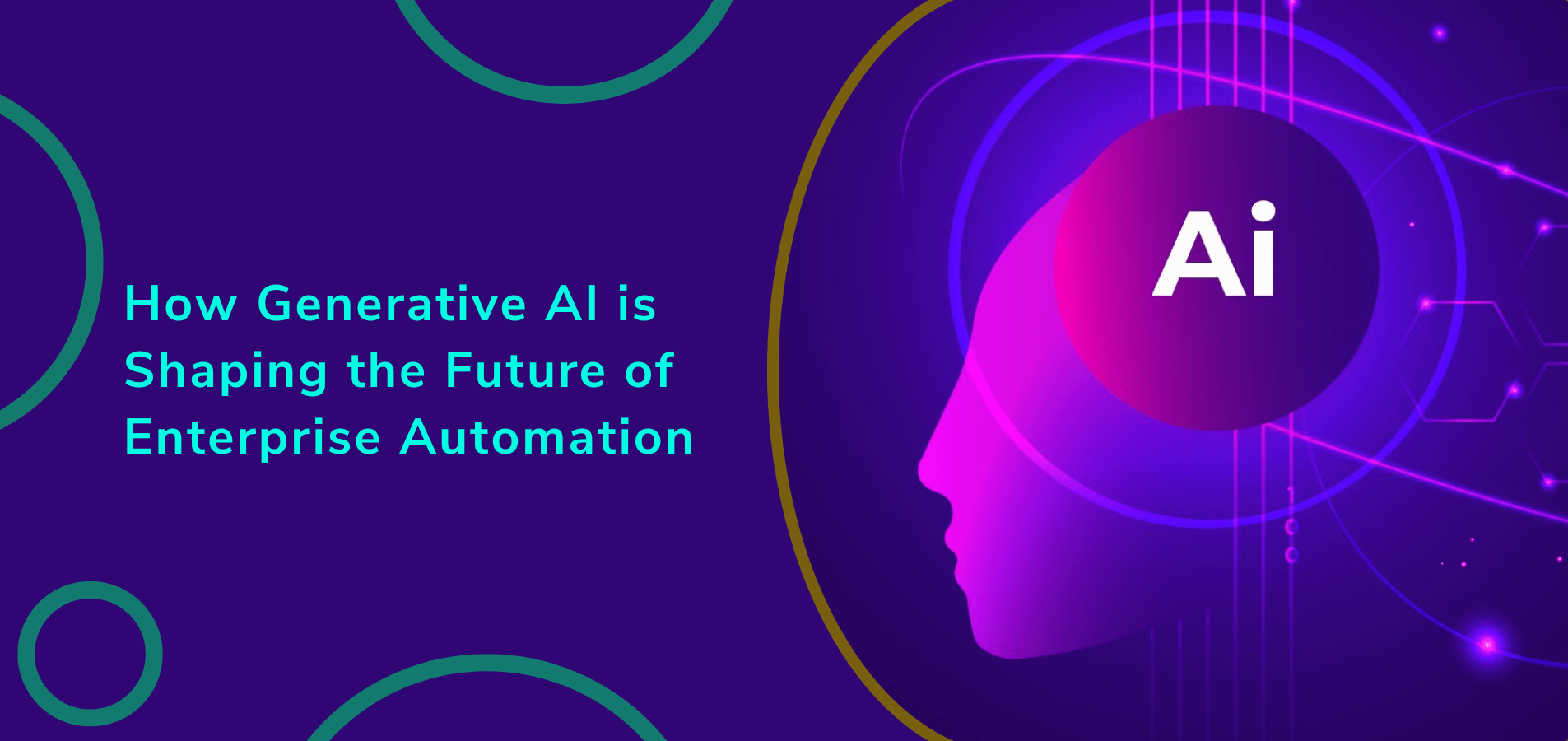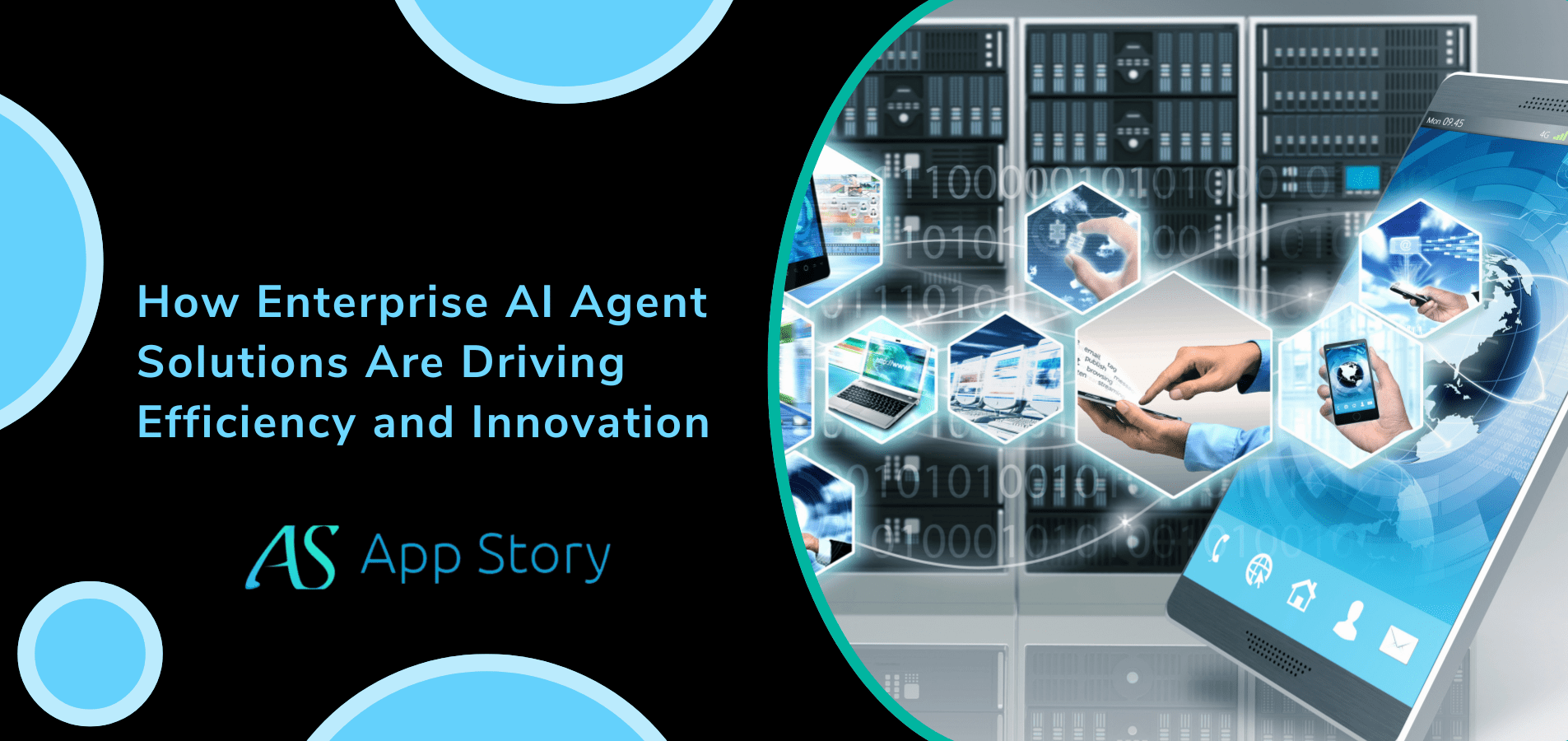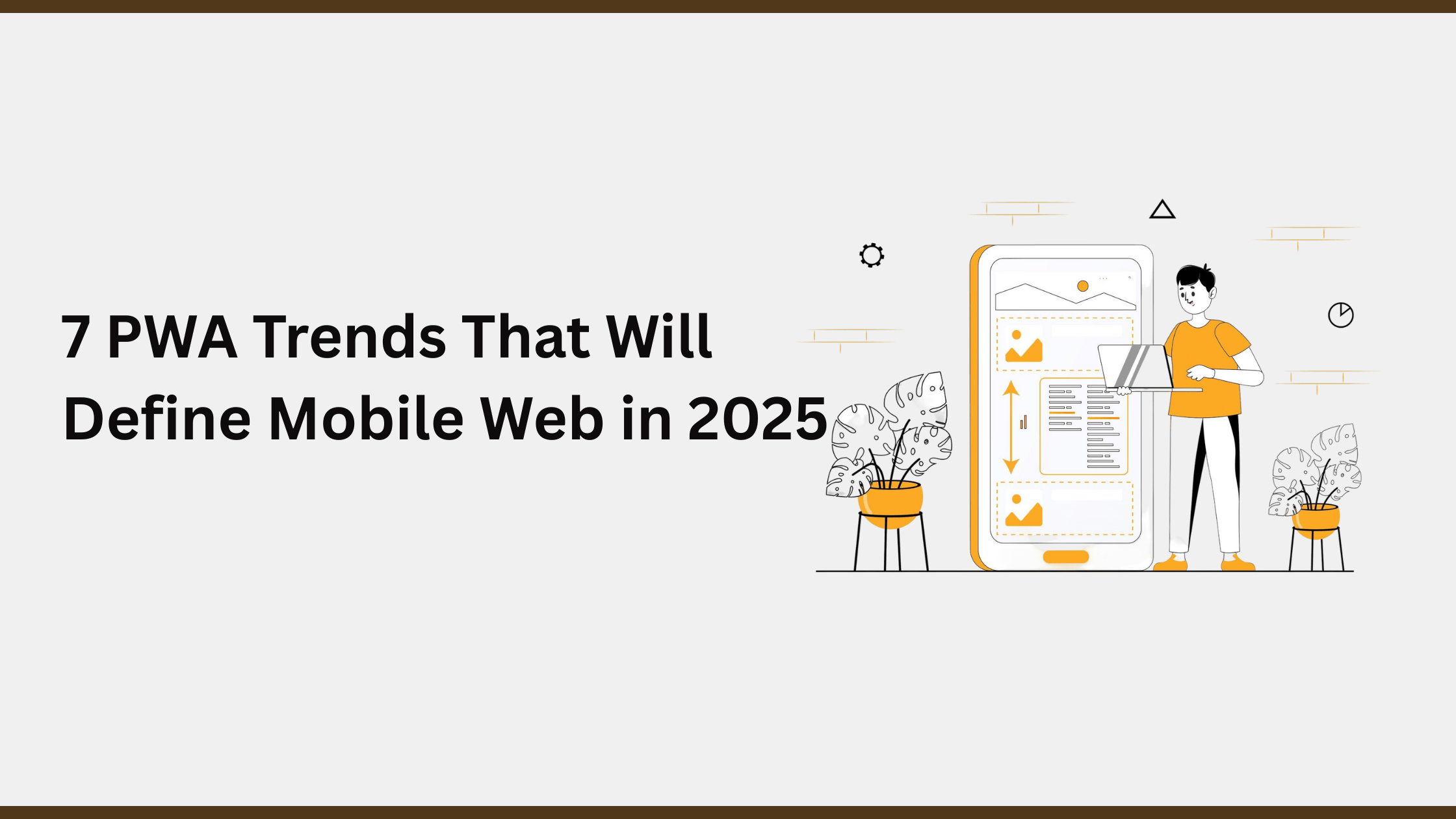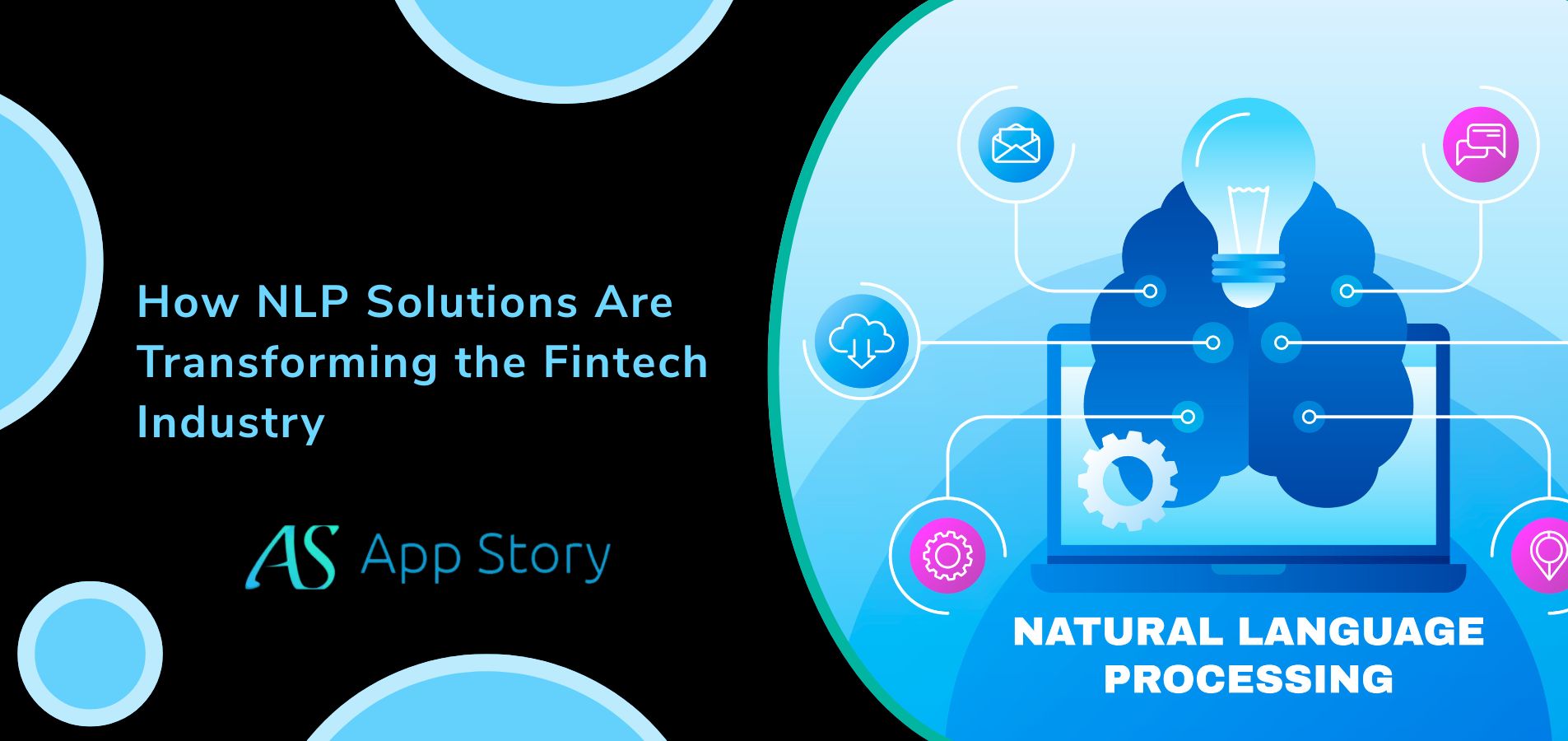In the fast-changing era of digital transformation, enterprise automation has been an aspiration for businesses looking to drive efficiency, lower costs, and speed up decision-making. Yet despite how far automation systems have taken businesses in terms of incremental improvements, they’ve traditionally been constrained by inflexible rule-based systems, isolated data, and a lack of context.
Generative AI, with its contextual comprehension, human-like outputs, and constant learning from data, is redefining the possibilities of enterprise automation. No more simplistic, rule-based tasks; automation is now breaking into domains previously considered too complex for machines. The consequence? Smarter workflow, adaptive systems, and more empowered teams.
From Traditional Automation to Intelligent Transformation
Businesses have used enterprise automation focused on Robotic Process Automation. RPA relies on following fixed instructions to handle tasks that repeat, like entering data, processing invoices, or managing support ticket workflows. While useful, these systems tend to be fragile. If the format, structure, or source data changes, the automation often fails.
Generative AI works by adding thinking-like skills that resemble human logic. Using foundation models, these systems can handle messy or unstructured information, grasp everyday language, create meaningful replies, and even predict outcomes based on earlier trends.
This change helps companies shift from automating single tasks to using end-to-end intelligent automation. This type of automation can handle changes, make decisions, and adjust when needed.
How Generative AI is Transforming the Future of Automation in Enterprises
Generative AI services do more than change business operations. It redefines the core of automation in enterprises. By adding intelligence, flexibility, and creative thinking to processes it brings higher efficiency and deeper understanding.
1. Customer Support through Virtual Agents
AI-driven chatbots and virtual agents now outperform old-fashioned bots that followed pre-written scripts. They grasp what users mean, tackle tricky questions, and create answers that feel more natural and human-like.
To businesses, this means lower support costs quicker help for customers, and better overall satisfaction. AI agents can now tackle tough questions, offer tailored advice, and even manage things like bookings, refunds, or complaint escalations.
2. Processing Documents and Extracting Knowledge
Big companies handle thousands of documents. These include contracts, invoices, compliance papers, and customer forms. Older OCR tools and template-based systems often fail with so many formats and languages.
Generative AI tools can analyze, sum up, and find useful details in documents no matter how they are laid out. They create reports, spot issues, and even recommend actions all without needing anyone to step in.
3. Creating Code and IT Tasks
IT teams can speed up development by using Generative AI to assist with coding. Developers explain what they need using simple descriptions, and the AI provides ready-to-use code samples, functions, or even full modules.
These tools go beyond building software. Generative AI helps IT teams check logs, write diagnostic scripts, and fix problems before they grow worse. This boosts productivity for DevOps teams and makes systems harder to break.
4. Managing Enterprise Knowledge
Businesses often find it hard to organize and uncover important information spread across teams, software, and regions. Generative AI offers adaptable knowledge systems that go beyond just holding files—it understands them.
Using conversational tools, employees can ask things like “What are the main risks in the Q2 compliance report?” and receive clear, context-specific summaries. This helps teams in areas like HR, legal, sales, and operations make smarter decisions.
5. Custom Marketing and Content Creation
Marketing teams in companies can use Generative AI to craft customized emails, ad scripts, posts for social media, and product details. Instead of building campaigns by hand for each customer group, teams can ask the AI to generate unique versions based on language, location, or user habits.
This boosts both output and speed while making communication more relevant to the audience. It shifts generic messaging into smarter, customer-focused ideas that match what people want.
Advantages Beyond Efficiency
Automation has always been about working faster. Generative AI adds some extra strategic perks:
Smarter Decision Support: AI systems combine real-time data past trends, and multiple factors to help teams make better decisions.
Less Burnout: Generative AI takes over boring or draining tasks giving workers more time to do important and creative work.
Faster Innovation: AI takes care of basic tasks allowing teams to test ideas quickly, create service prototypes, and launch new innovations sooner.
Scalability: Generative models once trained, can spread their use across teams, languages, and regions. This flexibility makes them a great fit for global businesses.
Also Read: The Role of AI Consulting Agencies in Delivering Tailored Tech Solutions
Challenges and Considerations
Generative AI offers big possibilities in enterprise automation, but its success brings its own hurdles.
1. Data Privacy and Compliance
Enterprises must control AI models well to avoid leaking private data, breaking compliance rules, or making decisions they shouldn’t. They need strong access controls, tools to anonymize data, and ways to explain how the models work.
2. Accuracy and Hallucination
Generative AI can sometimes give answers that seem certain but are actually wrong. This issue called “hallucination,” needs steps to manage it. People need to check its outputs, confirm their accuracy, and use retrieval-based systems to ground responses in reliable sources.
3. Change Management
Employees might worry that AI will replace them instead of helping them. Companies should explain that AI is meant to support work, not take over. Businesses need to focus on teaching new skills and creating training programs to help employees adapt to AI tools.
4. Integration with Existing Systems
Generative AI isn’t something that works right out of the box. It has to fit into current workflows, tools like CRMs or ERPs, and communication systems. To make this work, a solid API setup and modular design approaches are required.
The Road Ahead: Human-AI Collaboration
The future of automation in businesses will rely on people and AI teaming up rather than on independent systems. Generative AI will act more like a helpful partner than a replacement. It will bring speed, context, and the ability to handle large tasks, while people will take charge of strategy, decision-making, and ethical choices. When combined with Enterprise Solutions, this collaboration becomes even more powerful, supporting scalability, flexibility, and smarter business operations.
Some companies are already preparing by educating their teams about AI, creating environments ready to work with AI, and setting up special units to manage the smart and ethical use of Generative AI.
Read the Related Blog: Top 5 Benefits of Leveraging Professional AI Consulting Services
Final Thoughts
Generative AI is more than just another automation tool. It’s a big change in how automation works. By merging creativity with understanding and flexibility, it opens up new opportunities for what businesses can accomplish.
As technology develops, it will play a central role in digital strategies across various industries. This shift will help companies work quickly, think smartly, and act with more care for people. Businesses that adapt to this change will gain the best chance to lead in a world where automation shifts from being mechanical to becoming intelligent.






 United States
United States United Kingdom
United Kingdom India
India Canada
Canada Singapore
Singapore















![10 Benefits of the Internet of Things You Should Know [2025]](https://www.appstory.org/wp-content/uploads/2025/03/ATS-10-Benefits-of-the-Internet-of-Things-You-Should-Know-2025@2x-80x60.png)




















